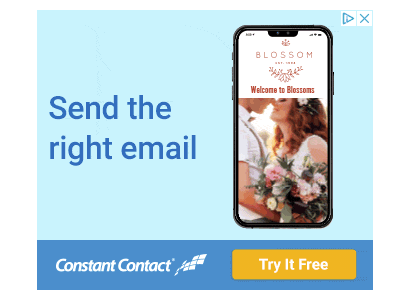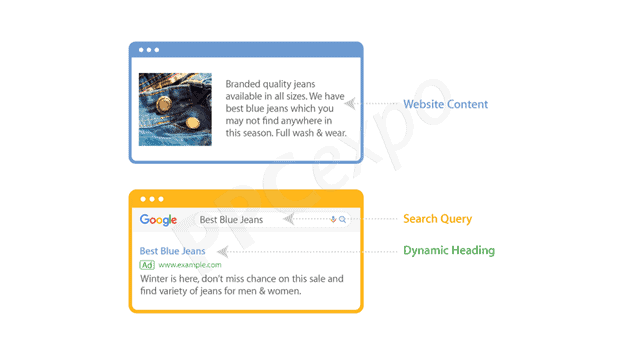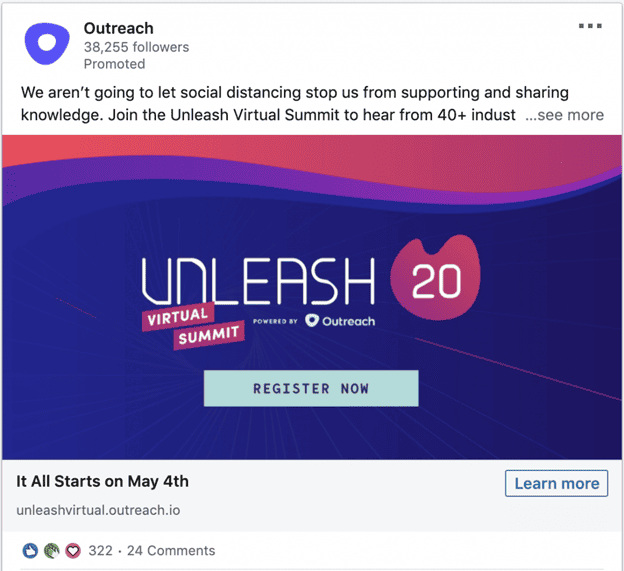

Life is about choices. What ice cream flavour? Which jeans to buy? or what digital platform to use to achieve what you need?
A lot of these things you probably understand and have a good grasp on, but when it comes to marketing online, do you sometimes feel overwhelmed? With an expansive array of platforms and ad types available, businesses must strategically navigate their choices to achieve optimal engagement, sales, and brand visibility. Selecting the right ad type is crucial for effective marketing, as it can lead to better engagement, increased sales, and stronger brand visibility. With platforms ranging from search engines like Google and Bing to social networks like Facebook, Instagram, and LinkedIn, marketers have a multitude of channels to consider. Each platform offers unique ad formats tailored to meet different business objectives.
It can be overwhelming at times, so we’ve put together a short cheat-sheet, looking at several popular ad types, their purposes, effectiveness, and target markets.
1. Google Search Ads
What’s it For: Primarily to capture potential customers at the moment they’re searching for products or services.
What Makes It Different: People search with intent, so using Google ads aims to leverage this. Directly caters to user search intent on the world’s most popular search engine.
How is it Effective: By appearing at the top of search results, these ads ensure visibility and cater to users’ immediate needs.
Target Market: Almost everyone who uses the internet, especially those seeking specific products/services.

2. Google Display Ads
What’s it For: To increase brand awareness, promote products, and retarget users across different websites.
What Makes It Different: Broadens reach through a vast network of websites, using visually appealing ads.
How is it Effective: Utilises visual creatives to attract users and can be placed on millions of websites within the Google Display Network.
Target Market: Broad audience, especially those browsing websites related to a product/service or previously engaged users.


3. DSA (Dynamic Search Ads)
What’s it For: Dynamic Search Ads use the content from the target pages of your website to create ads that resonate with searchers. They can help fill in the gaps of your keyword-based campaigns. That is to say, they capture traffic without the need for specific keywords, and are mainly for websites with numerous products or regularly changing content.
DSAs are a great fit for someone who has a vast array of products and landing pages and specific stories to tell. For every product, you can use DSAs to target users based on user intent.
What Makes It Different: Automated ad creation without needing specific keywords, ideal for vast or dynamic content.
How is it Effective: Uses website content to dynamically generate ad headlines and landing pages, ensuring ads remain relevant.
Target Market: Individuals searching for products/services related to the advertiser’s website content.

4. Bing Ads
What’s it For: Similar to Google Search Ads but on the Bing search engine.
What Makes It Different: Offers an alternative search advertising avenue outside of Google’s ecosystem.
How is it Effective: Bing holds a significant share in specific markets, offering less competition and potentially lower cost-per-click.
Target Market: Internet users who prefer the Bing search engine, often older and more affluent demographics. This is also great for the B2B market i.e. corporate users who use Bing as their primary search engine bundled with their microsoft license or within the microsoft network.

The Introduction of Bing AI Ads:
Bing AI ads represent a new approach in digital advertising, leveraging the power of generative AI to create more relevant, visually appealing, and immersive content that dynamically adapts to both the advertiser’s objectives and the consumer’s intent.
Unlike traditional ads that are displayed as separate entities (like banners or pop-ups), Bing AI ads are integrated into the responses of Bing Chat, Microsoft’s search agent powered by OpenAI’s GPT-4. This integration allows for a more seamless and contextual presentation of ads, as they are woven into the chatbot’s responses. By incorporating ads into AI-powered chats, Microsoft aims to enhance user engagement. Regular ads often interrupt the user experience, but Bing AI ads aim to be part of the conversation, potentially leading to higher engagement and interaction from users.
5. Facebook Ads
What’s it For: Building brand awareness, driving website traffic, generating leads, and facilitating direct sales with people who use the platform.
What Makes It Different: Provides unmatched granularity in targeting within a vast, engaged social network.
How is it Effective: Cost-effective yet has the ability to target specific demographics, interests, and behaviors, which helps in reaching the intended audience with precision. Facebook also covers a vast umbrella of niches in both B2C, E-commerce and B2B spaces.
Target Market: The vast global user base of Facebook which is currently at 3B users (November 2023 stats), is tailored by advertisers through specific targeting options.

6. LinkedIn Ads
What’s it For: B2B marketing, promoting professional content, recruitment, and lead generation.
What Makes It Different: The most professional-focused social and advertising platform, making it the go-to for B2B marketing and professional content promotion.
How is it Effective: Allows you to target professionals based on job titles, companies, industries, skills, location and more.
Target Market: Professionals, businesses, job seekers, and industry thought leaders.

7. Instagram Ads
What’s it For: Brand awareness, website traffic, lead generation, and direct sales with a visual focus.
What Makes It Different: A visually driven platform catering to a younger, lifestyle-oriented audience with immersive ad formats.
How is it Effective: Visual and immersive formats engage users, leveraging the platform’s strong emphasis on imagery and video.
Target Market: A younger, lifestyle-oriented audience looking for visual inspiration and trends.
Combining Facebook and Instagram Ads:
Using Instagram and Facebook paid ads together is a powerful strategy because both platforms cater to a wide, yet distinct user base, enabling businesses to reach a more diverse audience. The integrated advertising system allows for seamless campaign management across both platforms, enhancing consistency in messaging and branding. Instagram’s visually-driven content complements Facebook’s more diverse media formats, ensuring a broader appeal. Additionally, leveraging the data analytics and targeting capabilities of both platforms can result in highly optimised campaigns, with insights from one platform informing strategies on the other, ultimately leading to a more effective overall advertising effort.

Ad Type |
What’s it For |
How is it Effective |
Target Market |
Projected Spending |
Google Search |
Capture intent-driven
searches |
High visibility at the moment
of search intent |
Broad internet users | Varies by competition & keyword |
Google Display |
Brand awareness &
retargeting |
Visual reach across
millions of websites |
Broad & previously engaged users | Depending on audience & placement |
DSA (Dynamic Search Ads) |
Capture traffic
without specific keywords |
Dynamically generated relevance | Searches related to website content | Generally lower CPC (cost per click) than standard search ads |
Bing |
Search intent on
Bing platform |
Less competition,
potential for lower CPC |
Bing users, often older
& affluent |
Varies by market & keyword |
Facebook Ads |
Broad objectives from awareness to sales | Granular targeting options | Global Facebook users with specific attributes | Depends on ad format & targeting |
LinkedIn Ads |
B2B marketing &
professional engagement |
Professional-focused targeting | LinkedIn professionals & businesses | Typically higher CPC due to niche audience |
Instagram Ads |
Visual-focused
objectives |
Immersive visual
content |
Younger, lifestyle-oriented users | Depends on ad format & competition |
Each digital advertising channel offers a unique opportunity and strength, designed to meet varying business needs. Recognising these differentiators can empower brands to allocate resources wisely and tailor campaigns that resonate with their intended audience. As with all marketing, determining your strategic imperative first is essential as this will allow you to determine how to fragment your marketing efforts in the most cohesive and ROI focussed way.
Author
George
Related Tags
Strategy
